| Forside | | Indhold | | Forrige |
Oprensning af klorerede opløsningsmidler ved stimuleret reduktiv deklorering - bilagsrapport
Bilag M Regenesis‘ kommentarer til rapporten samt økonomisk vurdering af HRC.

1 April 2003
Christian Mossing Hedeselskabet Miljo-og Energidivisionen Ringstedvej 20 Roskilde, Denmark 4000 Via e-mail: CMO@hedeselskabet.fk
Subject: General Comments on the Hydrogen Release Compound (HRC®) Pilot Test and Report County of Copenhagen Jaegesborge Alle 24 site.
Dear Mr. Mossing:
With the assistance of Gunnar Møller we have reviewed the Jaegersborge Alle 24 report. Many of the issues we have discussed previously are presented in a scientific manner in the report so there is probably no need to go over the details on the technical side. The monitoring network at the site with good vertical control was very nice to have and has revealed some important aspects of working with HRC in this environment. Unfortunately, the monitoring program’s sampling frequency and analytes have left gaps in the treatment history and our ability to fully evaluate the performance of HRC. In addition, monthly field data collected did not necessarily correlate with the VOC or geochemical data collected; field parameters are often not an accurate representation of aquifer conditions. Below are some general comments related to this pilot test and HRC in general.
- The test commenced in aquifer zones that were at or above denitrification. Some competing electron acceptor/redox conditions and velocity exceeded the design inputs used for HRC volume estimation. Some dechlorination of TCA and to a lesser degree PCE/TCE may have occurred in the early phase of the pilot; TCA is generally degraded preferentially to PCE/TCE which may explain more evidence of DCA. It is also possible that in the zones where the HRC was evident or injected the treatment zone shifted further downgradient due to the use of the water-soluble HRC Primer, the higher velocity, and redox conditions. It could have been useful to perform additional groundwater sampling via probing downgradient of a treatment barrier at places where there were no monitoring wells.
- The presence of daughter products, cis-DCE and 1,1 DCA, observed in some well samples should be an indication of the presence of reductive-dechlorinating microorganisms. A microbial screening may still be worthwhile to understand the aquifer conditions.
- The vertical distribution of the redox and metabolic acid data does indicate an uneven distribution of the HRC mostly toward the bottom half of the treated aquifer section. We have observed some uneven HRC distributions in aquifers with distinct permeability differences but not to this degree. Any further probe-injections should use an injection tip that injects horizontally.
9 Bard Avenue, Red Hook, NY 12571 ph. 845 758 9243 fx. 845 758 9253 Corp. ph. 949 366 8000 http://www.Regenesis.com dave@Regenesis.com
1 April 2003
- Although the substrate lasted 12 months as planned the effect was not only diminished by the uneven vertical distribution from the injection but the rapid release of the HRC Primer. We suspect that in this fast aquifer the HRC Primer’s effect may have been distributed too quickly downgradient from the core of the test area. We do find regular HRC lasting as long as 18 months on some low-flow sites.
- If there was ’clogging’ of the aquifer the effects are reversible since HRC is completely degraded in the subsurface and naturally aerobic conditions in an aquifer can mobilize the reduced metals after the reductive dechlorination is completed.
- The hydraulic and redox factors can definitely be cost controlling elements in accelerated natural attenuation using HRC for low concentration chlorinated hydrocarbon sites. The role of the redox control in cost is often less important with treatment of higher concentrations. In addition, the type of treatment approach can have an impact on the cost due to the time the treatment is needed. Often traditional systems run for many years and/or reach asymptotic limits. With the application of HRC it is often better to use a grid format and treat large sections of the plume to shorten the treatment time. A similar approach is to use a series of barriers to develop a long treatment zone parallel to groundwater flow for groundwater systems with higher velocities, contaminant concentrations and redox problems.
Attached are some information slides comparing different treatment methods for chlorinated hydrocarbons for both high and low concentration conditions. Also attached is the State of New Jersey’s (U.S) HRC-Certification that includes an economic analysis and energy usage. HRC is being tested or used on approximately 450 sites including 35 outside of North America. Numerous ’peer reviewed’ scientific papers have been published on the use and success of HRC are presented through the Battelle Institute publications and conventions. These, additional references, and links for papers written by consultants is available on our web site.
If some of the possible application and microbial question are addressed, Regenesis is still prepared to offer HRC at no cost for a re-injection as well as contribute to the direct injection contractors costs. Regenesis appreciates the opportunity to respond the pilot report. Please feel free to contact Gunnar Møller or me if you have any questions or need more information.
Sincerely, David S. Peterson Principal Hydrologist
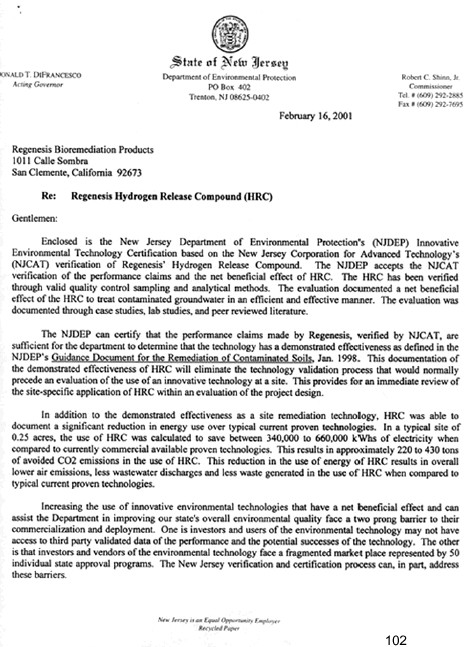
Klik på billederne for at se dem i naturlig størrelse:
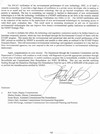
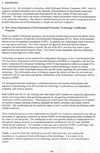
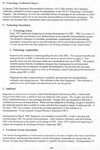
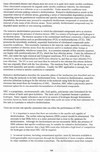
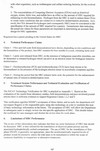
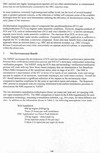
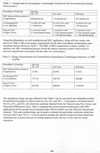
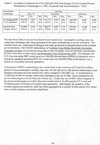
| Forside | | Indhold | | Forrige | | Top |
|









